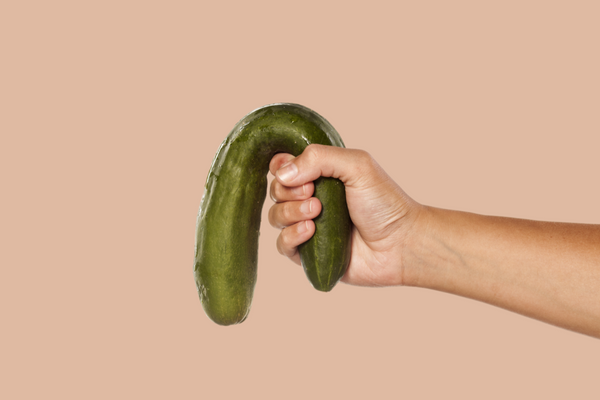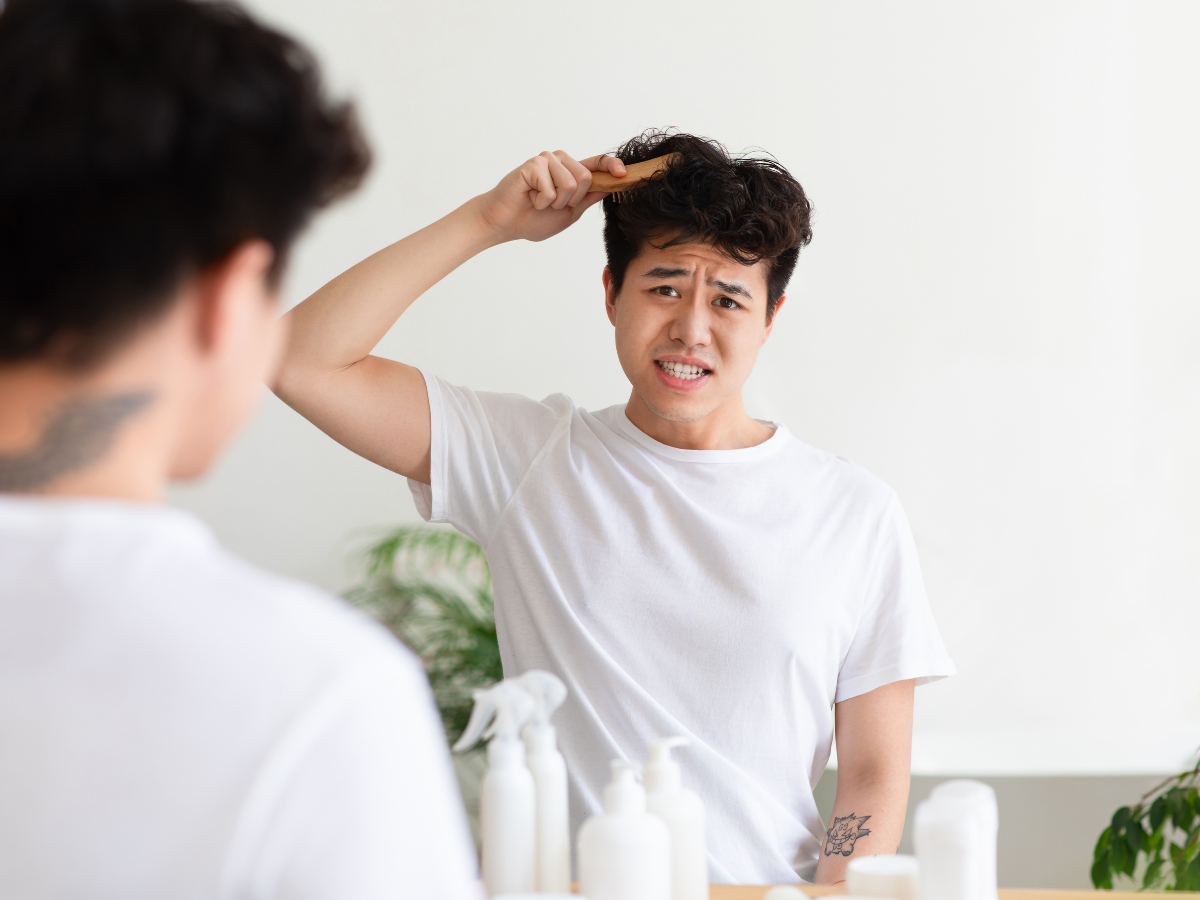Understanding your hair type is more than just a grooming trend it’s a foundation for confident, long-term self-care. In the Philippines, where men face a mix of tropical heat, urban stressors, and evolving beauty standards, hair health has become an essential part of modern wellness. Whether you’re navigating sweaty commutes in Makati or battling dryness from indoor air conditioning, knowing how to identify and care for your hair type empowers you to make better grooming choices and avoid long-term damage.
Let’s dive into what your hair type says about your scalp health, how to build the right hair care routine, and when it might be time to seek expert support.
Why Hair Type Matters for Filipino Men
Hair isn’t just about looks. It’s closely tied to your scalp condition, grooming habits, and even overall well-being. Hair types respond differently to external stressors, and in a country like the Philippines, you’re likely exposed to heat, humidity, and pollution almost daily.
Without understanding your hair type, you risk using the wrong products, damaging your scalp, or mistaking signs of poor health for “normal” behavior. For instance, men with naturally oily scalps may shampoo more frequently, while those with drier curls may benefit from weekly deep-conditioning treatments. In our guide on dealing with greasy hair in the Philippines, we explore how climate can affect oil production and what to do about it.
According to HairMNL, many common hair concerns in the Philippines are caused by the humidity and harsh outdoor conditions, which affect both the scalp and hair shaft.
Identifying your hair type helps you:
-
Choose the right shampoo and conditioner
-
Understand your scalp’s oil production levels
-
Avoid breakage, thinning, and product build-up
-
Address early signs of hair loss before they progress
Hair Texture vs. Hair Thickness: What’s the Difference?
To understand your hair type, you need to look at two things: texture and thickness. They’re often confused, but each tells you something unique about your hair.
Hair texture refers to the natural pattern your hair forms—straight, wavy, curly, or coily. Hair thickness, meanwhile, refers to the width or diameter of individual strands (not how much hair you have overall).
You can have fine, straight hair or thick, curly hair—or any combination. The key is to evaluate both so you can choose products that match your needs. Kerotin outlines how identifying your strand thickness can help avoid breakage and tailor your haircare routine effectively.
For a full look at why many men in the Philippines are experiencing hair thinning and loss, check out this deep-dive on male hair loss.
The Four Main Hair Textures for Men
Let’s break down the four most common hair textures seen in men across the Philippines, based on Ochoa for Hair, which explains how follicle shape determines curl pattern:
Straight Hair
This hair type lies flat from root to tip. It reflects light well, giving it a shiny appearance, but it’s also more prone to looking greasy due to oil distribution. Straight hair is common among men of East Asian descent.
How to care for it:
-
Shampoo regularly to manage oiliness
-
Avoid heavy styling creams or pomades
-
Use lightweight, water-based products
Wavy Hair
Wavy hair has a loose S-shape and can look full and voluminous. However, it tends to frizz in humid environments—something Filipinos know all too well.
How to care for it:
-
Use moisturizing but light shampoos
-
Avoid brushing when dry to prevent frizz
-
Use texturizing sprays for natural definition
Curly Hair
Curly hair forms springy loops or coils. It tends to be drier because natural oils have a harder time traveling down the strands.
How to care for it:
-
Use sulfate-free shampoo and hydrating conditioner
-
Deep-condition weekly
-
Detangle gently with a wide-tooth comb
Coily or Kinky Hair
This type features tight curls or zigzag patterns. It’s the most fragile hair texture, and it tends to shrink significantly when dry.
How to care for it:
-
Avoid frequent shampooing to retain moisture
-
Apply leave-in conditioners and oils
-
Sleep with a satin or silk cap to reduce breakage
How to Determine Your Hair Thickness
You can have any of the above textures with different thickness levels. Thickness affects how your hair behaves with heat, chemicals, and styling tools.
-
Fine Hair: Small-diameter strands, often fragile and prone to breakage
-
Medium Hair: The most common thickness, versatile and balanced
-
Thick Hair: Strong, durable strands, often more resistant to damage but harder to style
Try the strand test: Pluck a strand and place it between your fingers. If you can barely feel it, it’s fine. If it feels sturdy or wiry, it’s thick.
The Philippine Climate Factor
The high humidity levels and UV exposure in the Philippines mean you need to be extra intentional with hair care. UV damage, sweat, and scalp irritation can quickly derail your routine if you’re not adapting to your surroundings. According to Mediko.ph, UV exposure and excessive sweating are key contributors to hair thinning among Filipino men.
Our guide to healthy hair regrowth for men highlights how Filipinos can work with, not against, their climate by choosing the right ingredients and products.
Common Hair Concerns Among Filipino Men
Here are three of the biggest concerns men in the Philippines face, based on expert consultations and local case studies:
1. Excess Sebum and Oily Hair
The tropical heat stimulates sebaceous glands, leading to greasy roots. Avoid washing too often, as this can trigger more oil production. Use clarifying shampoos with ingredients like charcoal or tea tree once a week. CLEAR Philippines suggests looking for anti-dandruff formulations that cleanse deeply while balancing scalp pH.
2. Dandruff and Scalp Sensitivity
Frequent sweating, especially during workouts or outdoor activities, can clog pores and lead to dandruff. Choose shampoos with salicylic acid or zinc pyrithione.
3. Hair Loss and Thinning
From genetics to stress, many men report receding hairlines or thinning crowns before their 30s. If you’re noticing signs early, check out this article comparing minoxidil and finasteride for hair regrowth.
When to Seek Professional Help
Self-diagnosis only goes so far. If you're experiencing sudden hair loss, bald patches, or scalp inflammation, it's time to consult a specialist. At Andyou, we make it easy to book a hair health consultation online with licensed doctors in the Philippines. Our approach is evidence-based and customized to your needs.
Building a Routine: Best Practices by Hair Type
Straight Hair Routine
-
Shampoo every other day with a lightweight formula
-
Use dry shampoo if needed to reduce grease
-
Apply a small amount of leave-in conditioner only on ends
Wavy Hair Routine
-
Shampoo 2–3 times a week
-
Apply curl-enhancing or wave-defining mousse
-
Let hair air dry; avoid heat when possible
Curly Hair Routine
-
Pre-poo with oil before shampooing
-
Use a co-wash or non-sulfate shampoo
-
Use leave-in conditioner, then seal with oil (LCO method)
Coily Hair Routine
-
Wash once a week with hydrating shampoo
-
Deep-condition and detangle in sections
-
Use heavy creams or butters like shea for long-lasting moisture
Recommended Products for Filipino Hair Types
Look for products with:
-
Biotin, niacin, and caffeine for scalp stimulation
-
Argan, coconut, or castor oil for intense hydration
-
Minoxidil (a prescription medication for hair loss, available through licensed doctors)
Want more options? Browse our complete collection of hair regrowth guides.
Confidence Starts at the Roots
Men in the Philippines deserve a hair care routine that’s tailored, effective, and culturally aware. Whether you’re styling sleek office looks in BGC or managing curls in the Cebu humidity, understanding your hair type is the first step toward lasting scalp health and personal confidence.
Hair is more than vanity it’s part of how we present ourselves to the world. Don’t just guess. Use research-backed tips, consult with trusted professionals, and stay consistent.
Ready to take control of your hair health? Start your Andyou consultation today or read more insights on our articles page.

















